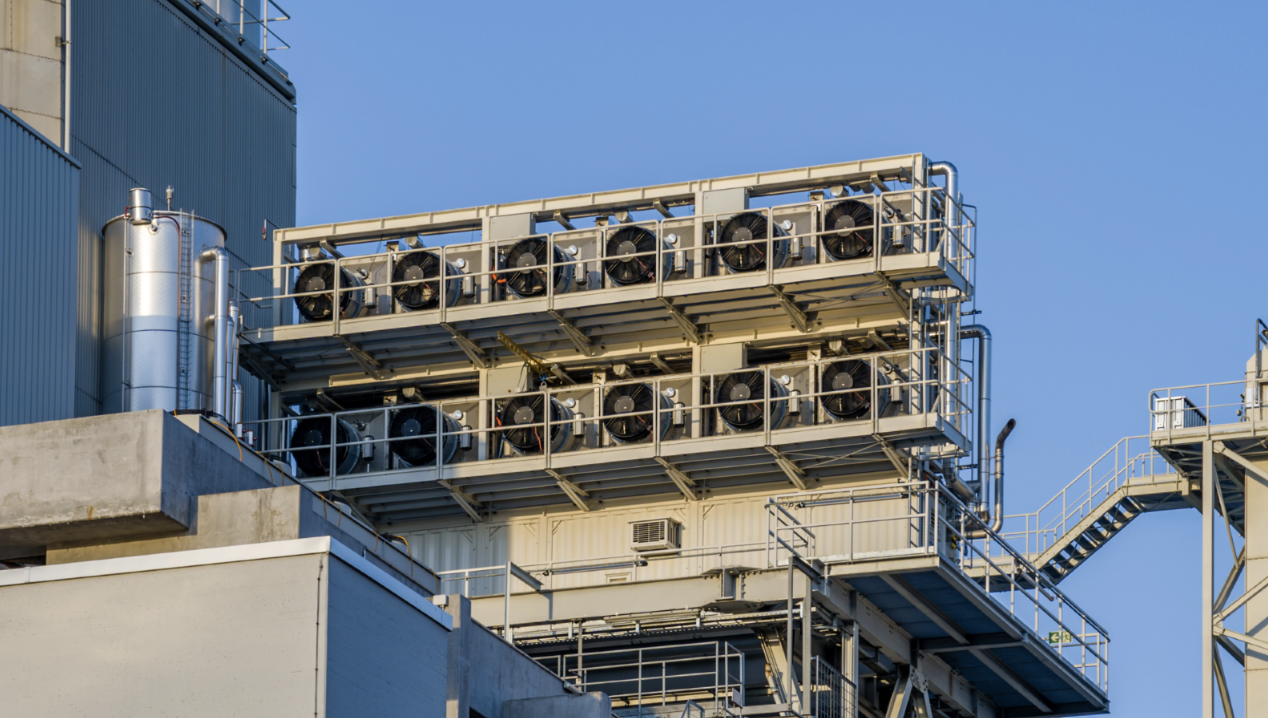CARBON CAPTURE & SEQUESTRATION EXPLAINED AND HOW THE 45Q TAX CREDIT CAN ALIGN WITH YOUR ESG GOALS

Carbon Capture, Utilization and Sequestration (CCUS) is the process of capturing carbon oxide (can be either carbon monoxide or carbon dioxide, but most commonly we speak of carbon dioxide or CO2) from emission sources for the purpose of preventing it from reaching the atmosphere, which would amplify greenhouse heating. Typically, the CO2 is permanently stored deep underground, but it can also be utilized in other ways, so long as the CO2 never reaches the atmosphere. CCUS and the related 45Q tax credit provides a unique opportunity for tax equity investors to invest in an Environmental, Societal, and Governance (ESG) friendly tax credit.
The process of CCUS typically involves the following steps:
- Locate a predictable and constant source of carbon dioxide emissions: Most combustion processes create CO2, a few examples are coal/natural gas plants, power plants, and ethanol production.
- Capture the CO2: The process involved in capturing the CO2 depends on the concentration or purity levels of the source emissions. High purity emissions of CO2 (>95% by volume), such as the CO2 emitted from the biorefining of ethanol requires minimal, off-the-shelf-technology to separate out the CO2. Low purity emissions (<95% by volume), such as the CO2 emitted from a coal power plant require advanced technology and various chemical processes to separate out the CO2.
- Find storage site: A suitable storage site is required to permanently sequester the CO2. Currently, the most suitable sites may be a saline aquifer or in a depleted oil reservoir as is the case in enhanced oil recovery (EOR). Other means of permanent storage are being pursued, for example permanent sequestration in concrete during the manufacturing process.
- Transfer the CO2 to the sequestration site: In some instances, producers (emitters) of CO2 may be conveniently located on or near a suitable storage site. In all other instances, pipelines are used to transport the CO2 from the emitters to the storage location.
Once the CO2 is captured it is typically compressed into a quasi-liquid state (also called its supercritical state) whereby it can be injected permanently into non-potable saline aquifers deep underground. This is commonly referred to as geological sequestration. Typically, the geological sequestration site identified has three primary characteristics. First, the site needs to have favorable properties for injection of the CO2, namely good porosity and permeability. Second, the site needs to be below what is referred to as a caprock, or seal. A cap rock is a layer of impermeable rock that sits above the layer of sediment acting as a barrier. Third, the sediment and cap rock layers need to be at a sufficient depth in order to maintain the liquid state of the CO2.
Once underground, like pouring water over sand, the quasi-liquid CO2 ultimately sticks and bonds to the rocks and sand. Over a long period of time, the stuck CO2 mixes with saline water and will ultimately mineralize and become limestone. And don’t worry about running out of space, as reservoirs estimate an 800 gigaton storage capacity.
Tax Credit Incentives for Carbon Capture
The 45Q tax credit is a federal tax credit associated with the CCUS process and is available for every metric ton of CO2 sequestered. The credit was initially introduced under section 45Q of the Internal Revenue Code in 2008. Since then, it has been amended multiple times and has played a key role in encouraging investment into CCUS technology. Here’s what you need to know about how to use it.
To earn the tax credit, you must meet the following high-level requirements:
- Capture and sequester a minimum volume of CO2 annually
- Ensure that the CO2 does not ever escape into the atmosphere
- Have an ownership interest in the capture equipment or be assigned the tax credit from such owner in exchange for performing the sequestration activities.
Under the Inflation Reduction Act, passed in August of this year, the 45Q tax credit provides up to $85/ton of CO2 captured which can facilitate further adoption of this technology and help achieve emissions reductions goals. Taking advantage of 45Q tax credit allows companies to advantageously control how their tax money is used while promoting environmentally friendly activities.
The 45Q tax credit allows for efficient tax planning since the credits are generated annually, over the course of 12 years. In the unlikely event of a CO2 leak, the tax credits may be reclaimed/recaptured. However, extensive measures are put in place to prevent this from happening, and there are insurance products available to protect against recapture.
The 45Q tax credit is a valuable tool for promoting ESG. ESG investing aims to provide a socially responsible and sustainable form of investing while still providing the potential for high returns. CCUS falls under the environmental component of ESG. By incentivizing the use of CCUS technology, it encourages companies to adopt sustainable practices while seeing a return on an investment that would otherwise go to general taxes. It also seeks to reduce emissions in a cost-effective manner. This tax code has the capacity to benefit both the environment and businesses.
To dive more in depth into CCUS and 45Q, check out the full podcast, recorded with Vice President of Carbon Capture, Utilization and Storage at Foss & Company, Matt Lauer here.
To learn how your company can get involved with a CCUS project using tax equity, contact Foss & Company today.